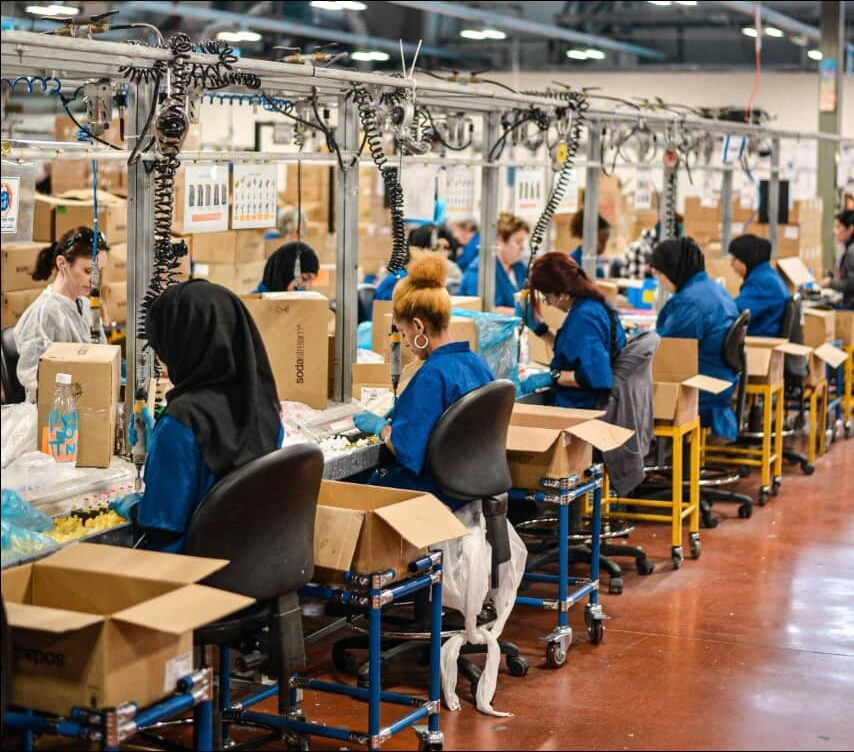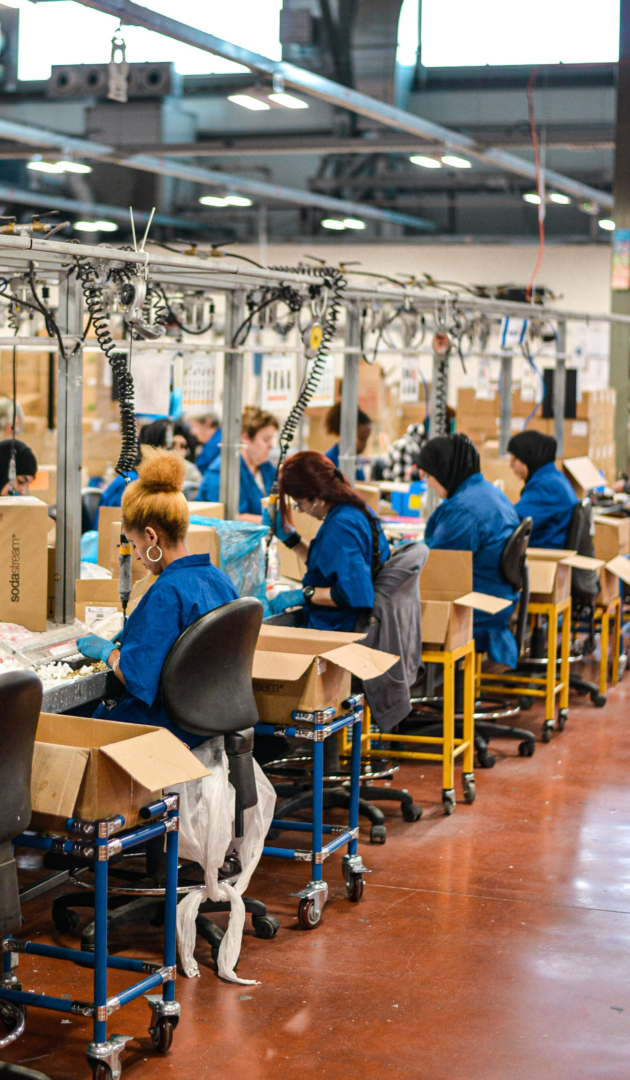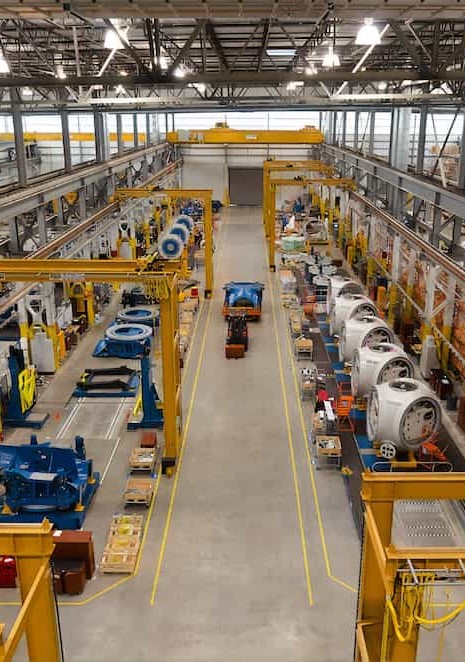What is work-in-process ?
Work-in-process are goods or services that are manufactured or performed by the company and are not yet finished. In industry, work-in-process is located on the production line, as it has not yet completed the entire manufacturing process.
On a production line, work-in-process acts as a buffer zone and helps to limit production interruptions.
Note : Work-in-process is defined by accounting period. They are therefore products that have not completed the entire production process at the end of an accounting period. Moreover, from a fiscal point of view, work-in-process is part of the stock.
Taking an inventory of work-in-process
The first step in managing work-in-process is to take an inventory. The inventory makes it possible to identify potential differences between the theoretical values of these work-in-processes and the work-in-processes actually present on the production line. The identification of this possible difference is essential because it allows losses, thefts or management errors to be highlighted. In addition, work-in-process inventories are mandatory at year-end.
To carry out an inventory, it is recommended that several counts be carried out by different people, to limit errors. The people who carry out the inventory take a counting sheet on which the work-in-processes are listed. They then move around the production line to count the work-in-process at each stage of the process.
For optimal management of the production process, work-in-process management goes hand in hand with inventory management, which is why it is also essential to draw up an inventory of stocks.
Optimisation des stocks et des en-cours de production
L’inventaire et une étape essentielle de la gestion des en-cours, mais elle ne permet pas de les optimiser. Or, l’optimisation des stocks et des en-cours de production est un enjeu essentiel pour améliorer la performance industrielle des entreprises. Ils existent différentes méthodes pour optimiser ces stocks et ces en-cours.
-
Stock optimisation
To limit stocks, ABC analysis can be used. This consists of classifying stocks by assigning them a letter: A, B, C or D.
- A stocks are the goods with the highest annual consumption. They represent between 70 and 80% of the annual consumption, for 10 to 20% of the total number of items in stock.
- B stocks are those goods that have an average consumption value. They usually represent between 15 and 25% of the annual consumption, for 30% of the total number of items in stock.
- C stocks are those goods with the lowest annual consumption. They represent about 5% of the annual consumption and 50% of the total number of items in stock.
- D stocks are obsolete stocks. They can represent up to 35% of the total number of items in stock.
With this analysis, it is easy to identify stocks that are no longer needed and should be discarded.
-
Work-in-process optimization
To optimise work-in-process, flow simulation can be used to define work-in-process levels and intermediate stocks.
The aim of flow simulation is to test different production scenarios in order to size and quantify the best changes in the production system. In other words, the flow simulation will make it possible to put a more concrete figure on the productivity gains generated by the different hypotheses.
On the basis of these hypotheses, the optimum level of work-in-process can be obtained for each production machine. By coupling the application of these optimal assumptions with the ABC analysis, production management can be drastically improved.
Other methods for optimisation
Depending on the industrial process in question, there are other methods for limiting work-in-process. One of these is Takt Time. This corresponds to a production speed objective, which sometimes requires a reorganisation of workstations. Takt time is a tool for improving the rate of production, which makes it possible to reduce work-in-process.
Optimisation of stocks and work-in-process can also be achieved through the pull flows method, where the customer “pulls” the production.
If you are looking to improve your work-in-process management, find out which work-in-process optimisation methods are most suitable for your industrial process !
Ecrit par Emma Guignard








